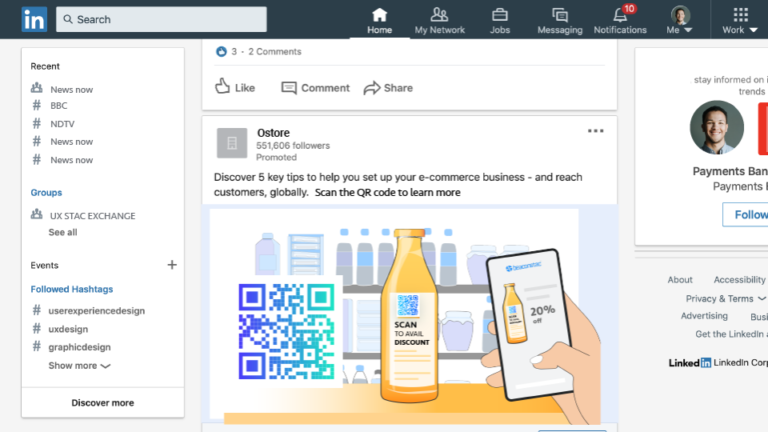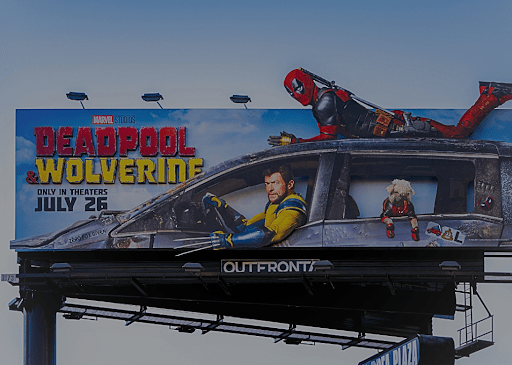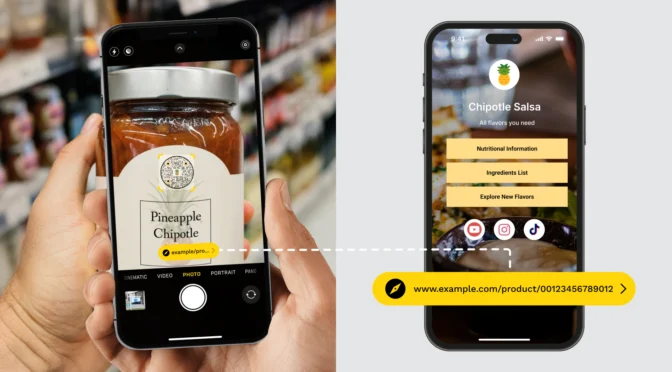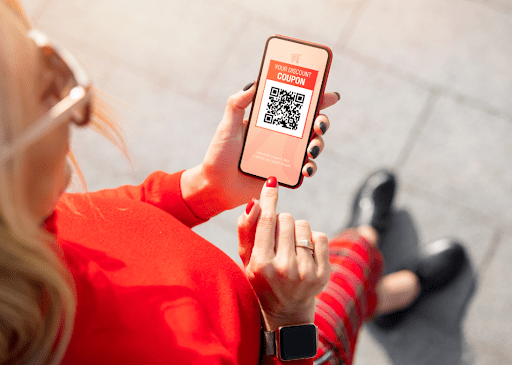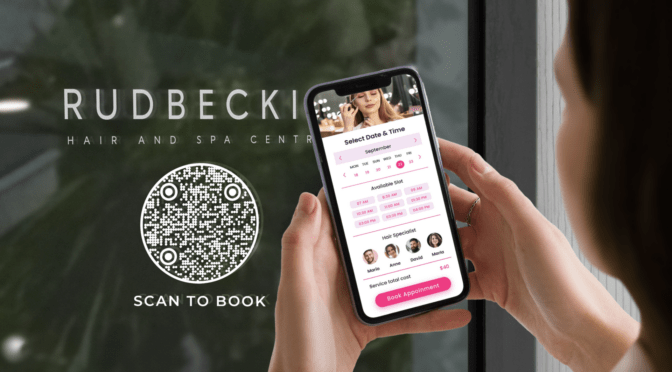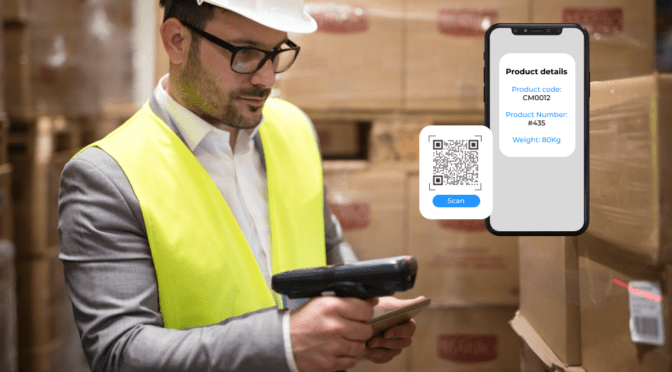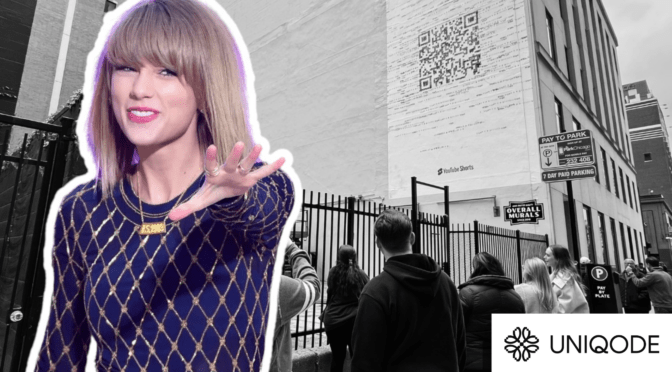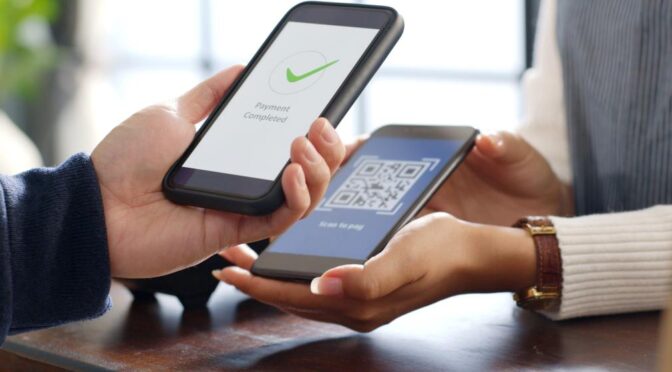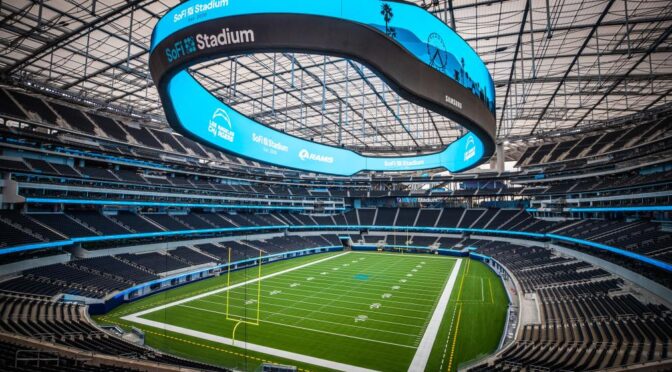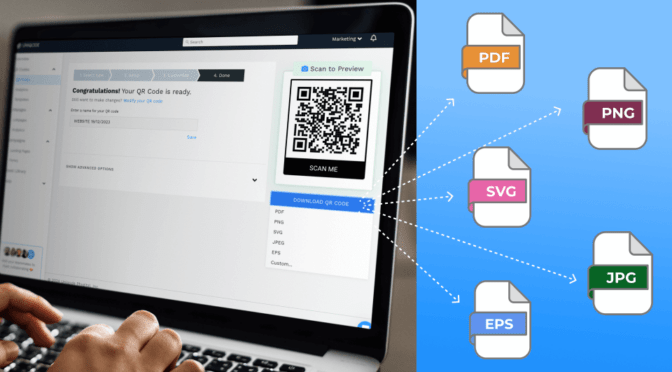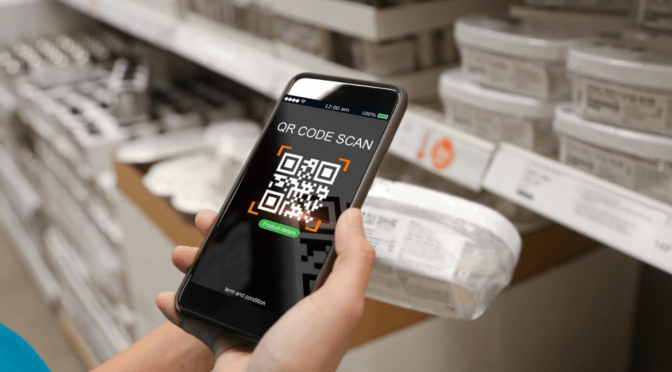Free beer!
Caught your attention? When social media was new – or at least, as soon as companies figured out how to get money from the people who’d been using it to actually socialize – it was pretty much all about consumer-friendly products served up in banner ads for a little instant gratification.
So much has changed since social media emerged – and so little.
Social media is still about connecting, sharing and entertaining each other. Witness the rise of TikTok, the stick-to-it-iveness of Facebook and the popularity of Instagram. Grow Your TikTok Audience by leveraging these platforms to cross-promote your content and engage with diverse communities.
But, the sophistication of consumer targeting, and thus the prevalence of advertising, has increased exponentially. It’s easier than ever to target very specific audiences with products and services they’re interested in.
This is good news for B2B companies. However, the primary goal of B2B social media advertising isn’t instant gratification – the B2B sales cycle tends to be much longer than the B2C cycle, and it’s more focused on building thought leadership, connecting with prospects and maintaining relationships with clients. Social media can be incredibly effective for all three.

Let’s take a look at the benefits of social media on a few of the most prominent platforms: LinkedIn, Facebook, Instagram and Twitter.
This may just blow your mind.
More than 30 million companies now have a presence on LinkedIn – including 92 percent of the Fortune 500 – and with them come 90 million senior-level influencers and 63 million decision-makers on the platform.
That’s a whole lot of potential. LinkedIn should be your No. 1 social media consideration for building thought leadership – the credibility that builds trust in you and your brand, and the trust that builds long-term relationships.
According to LinkedIn’s own research (done in conjunction with Edelman), 45 percent of decision-makers say thought leadership compelled them to invite an organization to bid on a project when they weren’t even being considered previously, and 57 percent said thought leadership led directly to awarding business.
So, what is thought leadership?
It’s proving your legitimacy, basically. If you’re an expert in your field, there’s no doubt you should be on LinkedIn talking about your industry, your product/service/solution or your company’s values. For those comfortable with writing, blog. For those less than comfortable with writing, share a few observations you think others would be interested in.
Thought leadership thrives on authoritative authenticity, not length. It also thrives on insight. Don’t just repeat something someone else has said, share your point of view about it – or even argue in opposition. In any industry, there is an almost never-ending stream of thought-starters, from news and research to product comparisons, customer and partner interactions, industry events you attend, and more.
With so many of your peers and coworkers on the platform, LinkedIn also offers a wealth of opportunity for employees to talk up your brand, adding to the authenticity so critical to marketing today and in particular B2B SaaS content marketing. Also, you can embed LinkedIn feed on the website, to drive your website visitors to your company profile to build credibility.
Consider this: content shared by employees has 2X higher engagement than content shared by an official company channel. And salespeople who regularly share content are 45 percent more likely to exceed their quota. That’s real dollars – real ROI. They don’t have to do all the heavy lifting, they can simply share (with a few comments) company-created materials with their connections. Check out LinkedIn Elevate, the platform’s service that makes it easy to empower employees to share content.
There are many tools and features on LinkedIn for B2B marketers like LinkedIn lead ads so start exploring! One example: when software provider EHS Insight wanted to establish credibility with a new target audience, they turned to LinkedIn and its Sponsored Content feature to drive thought leadership – and upped their marketing qualified leads by 47 percent. Read what companies like yours are doing with thought leadership and a whole lot more on LinkedIn here.
You can also create QR Codes for your LinkedIn posts to engage with your audience, drive them to download a PDF or apply to open positions.
Leveraging LinkedIn is a must for engaging and prospecting B2B leads, and for improving your B2B sales. To further streamline your LinkedIn strategy and maximize efficiency, consider leveraging tools that automate LinkedIn activities, such as scheduling posts, sending personalized connection requests, and automating follow-up messages. This can help maintain a consistent presence on the platform without demanding constant manual input from you or your team. Another way to ensure your brand stays in the spotlight and reaches our to the right audience is to get help of the right social media agency.
Ah, Facebook!
Love it or hate it, there’s no arguing with the numbers: 1.66 billion people use Facebook every day. The platform is particularly effective for building brand awareness, not only because so many people use it, but because they also have the opportunity to share, comment and like anything you post – increasing your reach exponentially.
Having mined user information for years, it has pretty amazing audience targeting capabilities, too. This makes it a great option for paid campaigns. B2B companies can use targeted Facebook ads and FB ads library to track competitors’ ad campaigns and to build brand awareness, increase traffic to your Facebook business page, website or physical location, and find leads likely to be interested in your product/service/solution. Using Facebook Lookalike Audiences, you can reach people similar to your existing customers, too.
As you’re contemplating your Facebook campaign content, consider enriching it with videos. People gravitate to the visual, and by posting interesting, inspiring or amusing videos on Facebook, you can broaden your reach (again, the sharing) and up your audience engagement numbers. According to HubSpot, organic Facebook engagement is highest on posts with videos (13.9 percent). If you want to engage your audience in real-time, all the better – Facebook Live is gaining momentum as a go-to for conversations and events. HubSpot also estimates that Facebook users spend 3X longer watching a live broadcast compared to pre-recorded video content. That said, standard videos are always worth considering, given that there are 8 billion video views on the platform every single day. And you’ll want to repurpose your edited Facebook Live content as a standard video, too.
Another way to utilize Facebook is to leverage its groups and communities to identify likely prospects – if they’re in a group that’s related to your industry in some way, you’re one step ahead of the game. You can promote upcoming events, webinars, or content and gain new insights from them and build relationships with people who may benefit you in the future. Hootsuite, a social media scheduler, estimates that 90 million small businesses use the platform.
Related: Facebook Analytics tools to discover all your metrics
Ubiregi, a data infrastructure provider with a cloud point-of-sale (POS) app used in more than 30,000 stores worldwide, tapped into Facebook lead ads to offer free trials that let its target audience try their solution firsthand – and ended up with a 7X conversion rate vs. link ads. For a little inspiration, check out the Ubiregi and other case studies from Facebook.
What do you think when you think of Instagram? A sea of selfies? Pretty products and alluring influencers? How about B2B goldmine?
Believe it or not, Instagram is home to thousands of B2B brands that view themselves as decidedly not sexy but have nonetheless used the platform to great effect. More than 200 million Instagram viewers visit at least one business profile daily, and its potential advertising reach is 849.3 million users. That said, the Instagram crowd skews young – Statista estimates that more than two-thirds of them are 34 years old or younger – so keep that in mind as you assess whether the platform is right for you.
Like all good marketing, Instagram marketing is about storytelling – in this case, visual storytelling that emphasizes the human element of what you do.
It’s a great platform for showcasing pretty much anything: tangible objects like products, more ethereal concepts like your company’s culture, and behind-the-scenes looks at your people, customers, business or production line. Even customers using your product/service/solution out in the wild. If you provide concrete to builders, do a time lapse of a cool construction project. If you provide software as a service, put it in the hands of a real user in an interesting (but true-to-life) setting. Have a lot of patents? Showcase your thinkers and your tinkerers. To add a little flavor, you might even consider allowing someone who doesn’t typically have access to your Instagram account to post on it for a day – an Instagram takeover by a coworker or a customer.
There is absolutely an opportunity to use high quality captions, images and videos to promote your B2B brand in people’s Instagram feeds. Instagram Stories, however, have their own secret sauce. Here’s where your spontaneity and playfulness can really shine. An Instagram user survey found that people’s expectations are different for feeds than they are for stories – they visit stories to see live, unfiltered content, while they go to feeds for information and to discover products and brands. You can also embed your Instagram profile to cross promote them on your website. So in short, B2B brands should consider using feeds to educate and update, and stories to engage more deeply through real-time, authentic content.
There’s one thing about Instagram you can’t ignore, though – proper scheduling. It is super important to both get more Instagram followers to improve visibility, and to target your audience at the right time. Otherwise, your post will go unnoticed. Tools like Postoplan help you manage your content plan not just on Instagram but on Facebook, LinkedIn, and many other platforms. All the posts are uploaded automatically when your audience is the most active. And, you also get daily post ideas.
As with Facebook (which now owns Instagram), there are many ways to advertise to target audiences on the platform, including photo, video and carousel (swipe) ads. One caveat – you must have a Facebook page to run them. The marketing automation platform MailChimp took advantage of National Hot Dog Day (yes, there’s a day for just about anything) and used quirky imagery to subtly speak to their culture, a tactic that may entice a potential customer to learn more about you. See a few more examples of B2B companies doing it right here.
From a B2B perspective, Twitter is another great platform for building thought leadership. The immediacy of tweets allows you to engage in conversations with current and prospective customers, answer people’s questions and share relevant information while it’s hot. And, it’s not all about products. Consider this, from the Twitter business page: In a recent survey on how US B2B buyers thought content aimed at them could be improved, 96 percent of respondents said they wanted more insight from industry thought leaders and 92 percent said they wanted “less focus on product specifics and more focus on value.” That’s music to a B2B company’s ears. So, how do you get the idea of “value” across in a tweet?
B2B marketers have found that original research, infographics and data perform particularly well when shared in bite-size pieces that are easy to consume on a mobile device, which is where your audience is most likely to engage with Twitter. What does your B2B company do that’s unique? What interesting data can you share? Do you have an opinion about a trending conversation that’s relevant to your audience? Tweet! And then be prepared to tweet again and again. According to Twitter’s own data, someone who has seen a business’s message four times is 335 percent more likely to click on a link in a tweet. Keep the tone conversational and the copy short, and use eye candy whenever possible (videos, images, GIFs). Twitter is also a great tool to use for advertising events and staying engaged with attendees before, during and after them.
Due to its immediate, conversational nature, social listening on Twitter is just as important as social posting. There are lots of tools out there for Twitter, like a Twitter widget and the rest of the social media platforms, that help you keep your ear to the ground so you can respond to people talking about your brand appropriately – encouraging the good stuff and mitigating the bad stuff. As well, social listening tools can give you insights on your customers and industry trends.
Ferguson, a wholesale distributor, used a Twitter followers campaign to raise awareness of their showrooms with interior designers, builders and contractors, all crucial audiences for the brand. The result: a 104 percent increase in engagements on Twitter, and users who came to their website from Twitter spent more time there and visited more pages. Read this and other Twitter B2B success stories here.
Social Media is Vital to B2B Marketing
Bottom line: if you’re not using social media to market your B2B company, start now. If you are, keep up with new features and try new things – the platforms are constantly evolving. So is your audience; what worked for them today may switch to something entirely different tomorrow. And mix it up! Find out which platforms your target audience prefers – likely, more than one – and pursue a coordinated strategy across them using paid and organic options.
From legacy Fortune 100 institutions to inventive start-ups, Ryan brings extensive experience with a wide range of B2B clients. He skillfully architects and manages the delivery of integrated marketing programs, and believes strongly in strategy, not just tactics, that effectively aligns sales and marketing teams within organizations.







